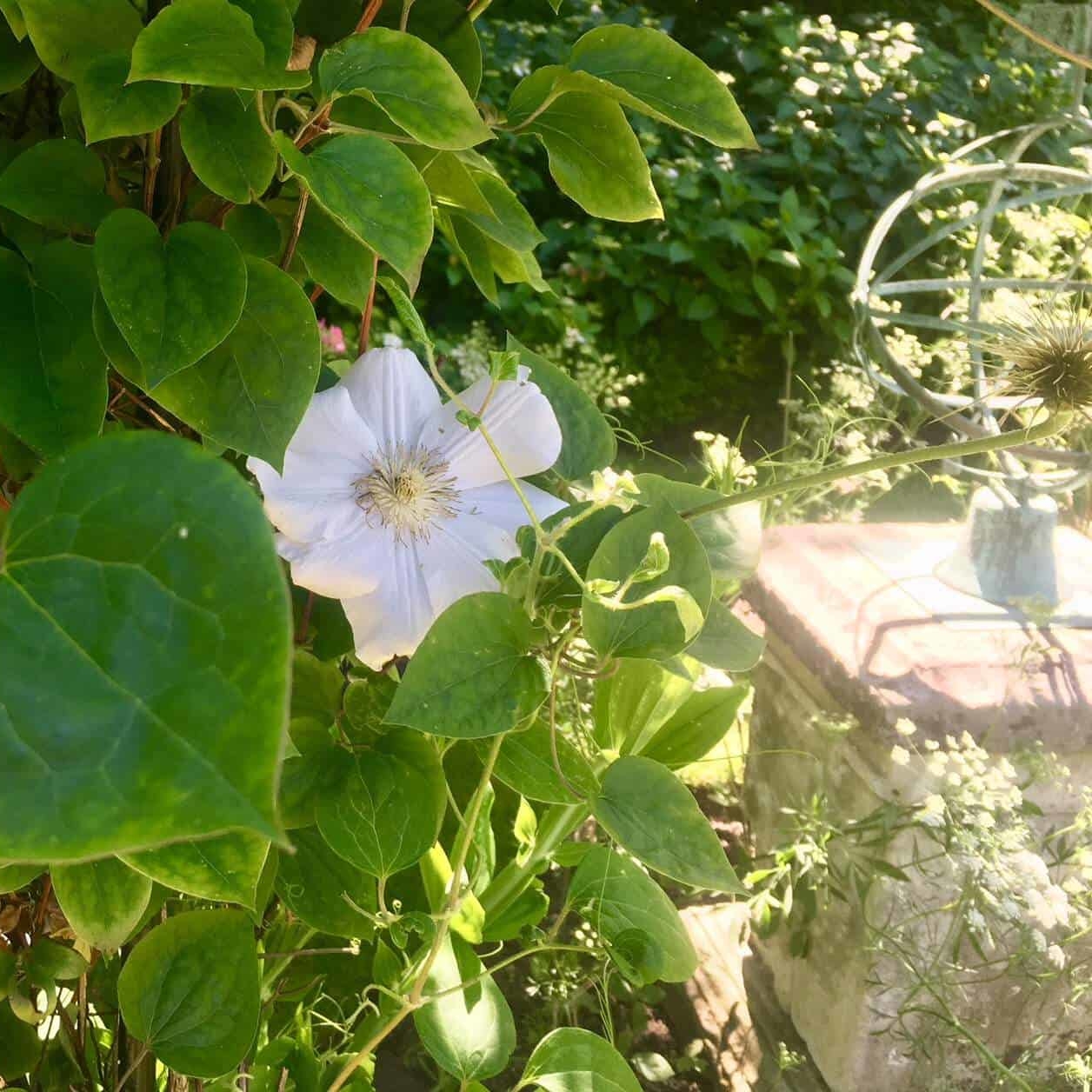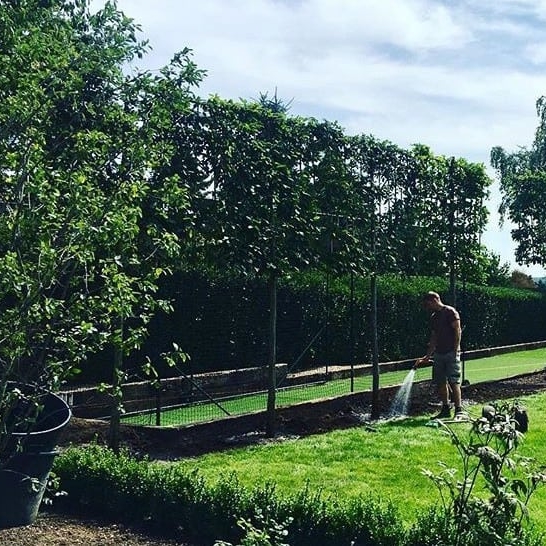What is Rewilding and should I leave my garden to run wild?
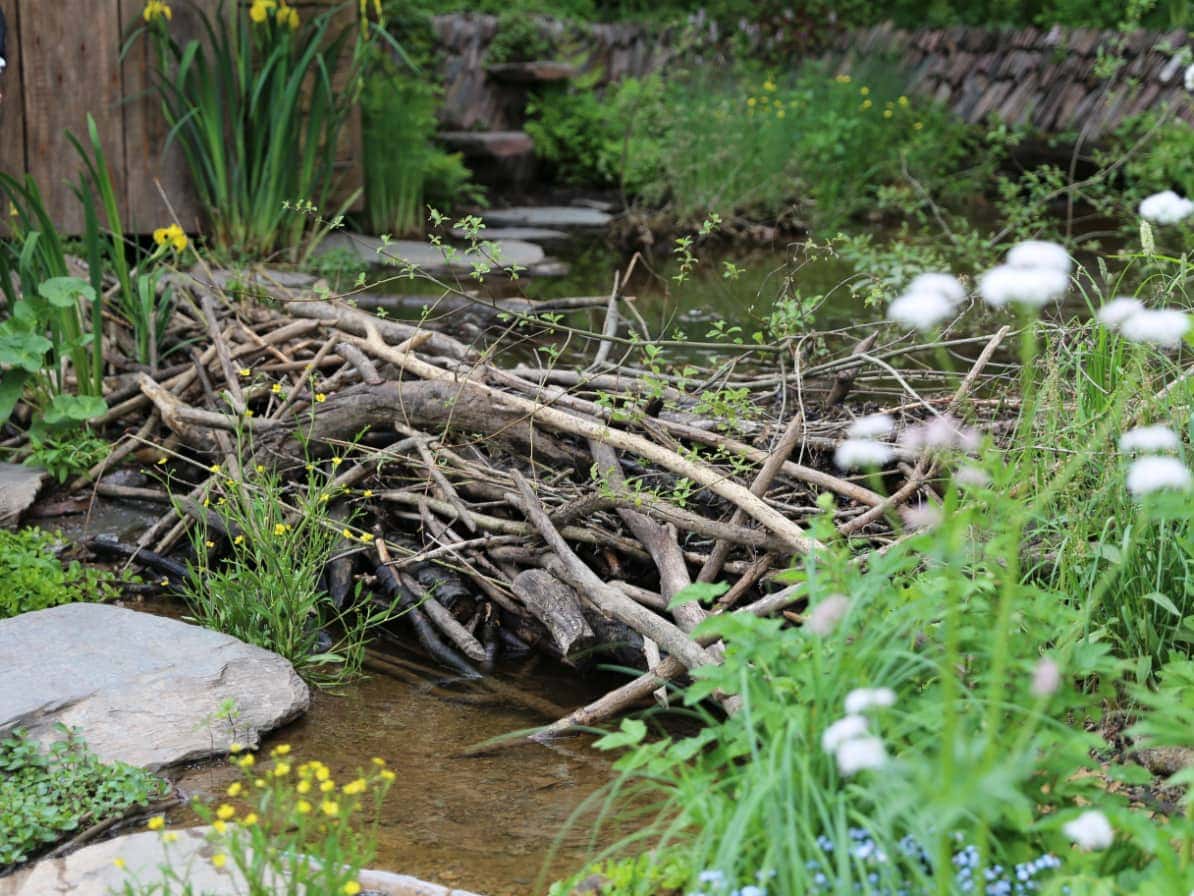
The garden awarded Best in Show at Chelsea last week, depicts a rich landscape flourishing thanks to the return of an ecosystem engineer species to the land, the beaver. Titled ‘A Rewilding Britain Landscape’, the garden explains the importance of disturbance in maximising opportunities for biodiversity to flourish.
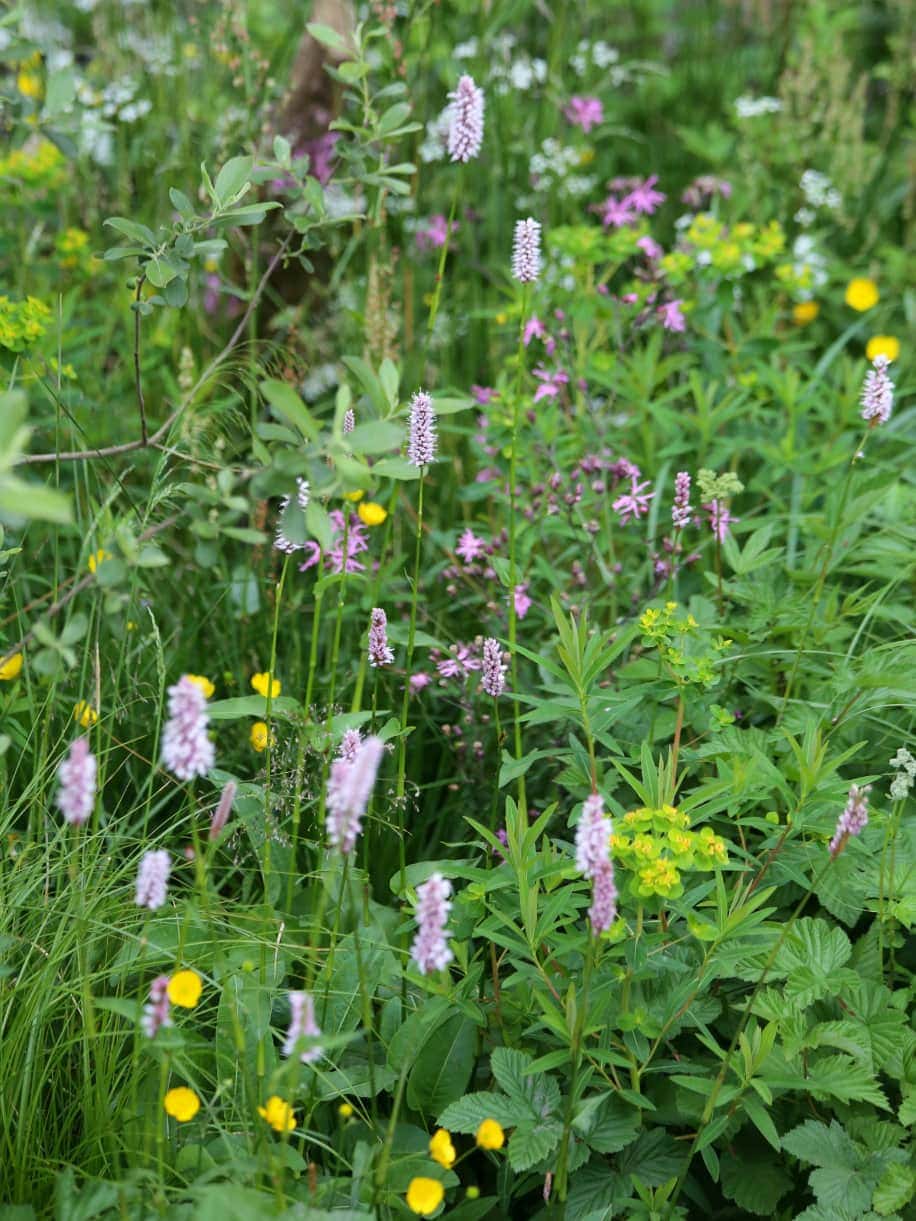
Their dams create a matrix of wetland habitats, and their act in thinning and coppicing trees lets light in for wildflowers that seed more freely on the disturbed earth. Water flows slowly through the land, filtering and capturing sediments that feed the regeneration while protecting freshwater wildlife from pollution. Birds and mammals thrive as fish spawn and insect populations’ boom.
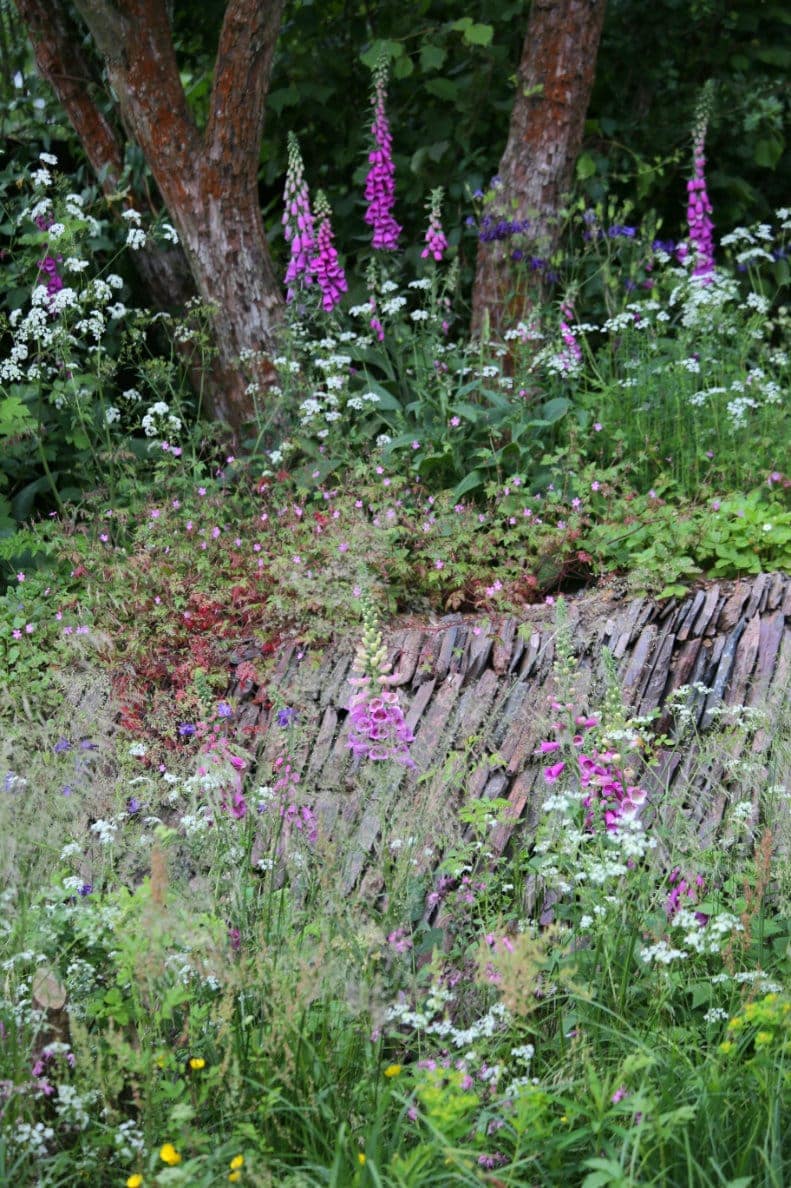
What is Rewilding?
Rewilding in the true sense, applies to projects working on land areas over 1000 acres, where free-roaming ‘engineer species’ can be reintroduced to roam freely. These help restore three key ecological processes; trophic complexity, dispersal, and stochastic disturbances;
- Trophic complexity simply means having a complex food web, but flora and fauna interact and depend on each other in lots of other ways too. Pigs turning the soil create bare ground where wildflower seeds germinate, that support insect populations. Without the boars, dense grassland can be dominant, which is less supportive of pollinators.
- Dispersal is all about letting populations of plants and animals intermingle so they can exchange genes, letting seeds find their way to new places, and letting wildlife roam to find new habitat.
- Stochastic disturbances are somewhat random events, such as wildfires, flooding, landslides, and even the arrival of diseases and pests that threaten plants. These create opportunities for change, regeneration, and a boost in pioneer and ruderal plants, adapted to quickly colonising bare earth.
The smaller the plot of land we want to rewild, the more likely that human intervention will be needed to help along the processes noted above. One Tamworth pig alone ploughs up to 60 acres a year, so it would make its way through the average british garden in just two and half hours before you’d need to move it on to somewhere else. I know if I left my own garden to run wild, it would quikly turn into dense thicket of sycamore trees, seeded from the tree next door.
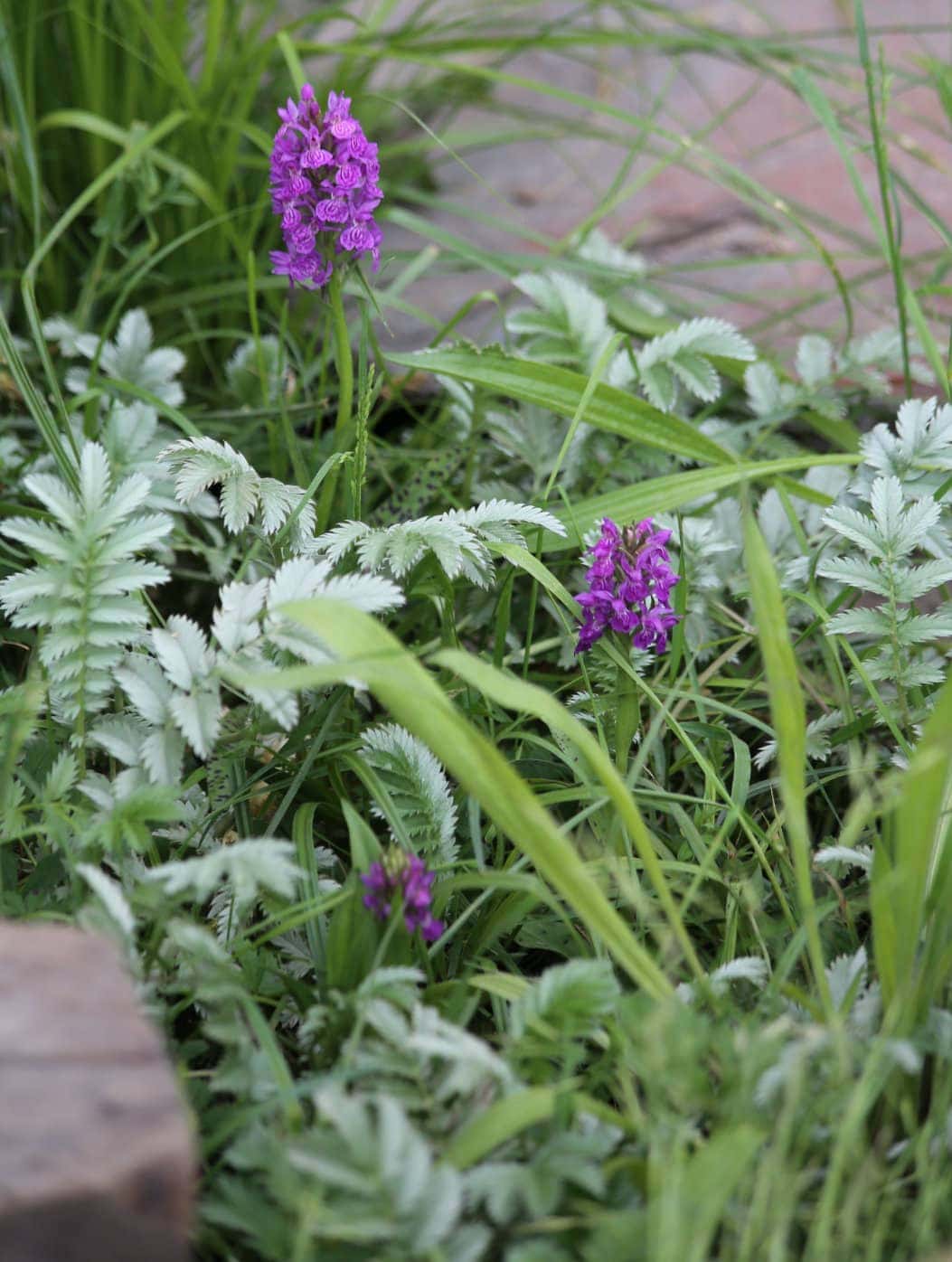
Despite the term having a fairly established scientific meaning, rewilding as a word is bandied about everywhere; we can buy ‘wilding shoes’ and ‘rewild our leg hair’. Wholesome efforts to ‘rewild’ gardens and even window boxes are everywhere on Instagram. The concept of ‘wild gardens’ is perhaps a little confusing, and a trend for ‘wild’ looking planting has risen to dominance, with a long history dating back to William Robinson’s book The Wild Garden, published in 1870. The magic happens when the planting looks unplanned, unintentional, and yet achingly beautiful for months on end. A common mistaken take-home-message for home gardeners, is that we should simply throw a few wild-flower seeds around, and then just step back and let nature take its course. Generally, disappointment ensues, and faith is lost.
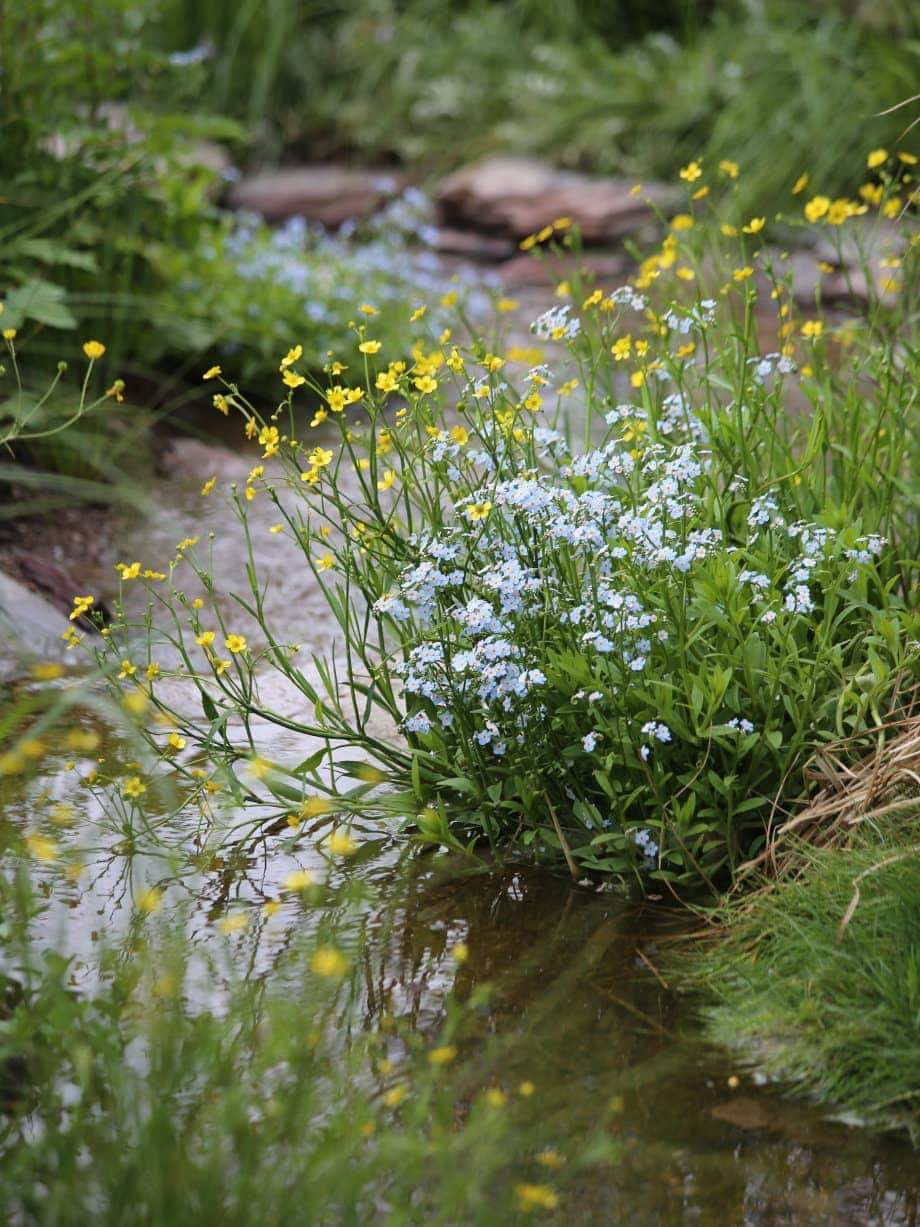
The reality is, these planting schemes require a good level of skill and attention. Understanding the conditions, choosing suitable plants, and then giving observant ongoing care to orchestrate what looks like beautiful chaos. On normal garden soils which tend to be fairly fertile, a few thuggish plants will always dominate at the expense of others. Without intervention, the diversity of plants dwindles. The hand of the gardener is key in maintaining that diversity, which maximises not only the beauty, but the opportunities for wildlife too. Editing self-sown plants, thinning out thugs, making sure less vigorous plants don’t dwindle, filling gaps as they emerge, experimenting with self-sowing annuals and biennials – all of this helps sustain a mesmerising mosaic.
Thinking about the three ecological processes vital to big scale rewilding, lets think what these can mean on the scale of a garden;
- Trophic complexity; encourage wildlife, with diverse and complex planting and structural habitat. Think about ponds, flowers, berries and seeds, standing stems and dead wood, trees and thorny shrubs, light and shade, exposed and sheltered… the list is endless. This helps support a complex web of predation and interactions between plants and wildlife. It can look as wild or as orderly as you like, it’s the diversity and complexity that matters. It could be arranged in lines and rows, or random and ‘naturalistic’, the wildlife won’t mind either way.
- Dispersal; let wildlife move through the garden with permeable boundaries like hedges and gaps in fences and walls. Embrace the arrival of plants blown in as seeds on the wind, or in bird poo. Gather seeds of plants that could work for wildlife and you, to introduce to the garden.
- Stochastic disturbances; while we generally can’t flood or set fire to our gardens, understanding that infrequent major disturbance is a key part of ecology, we should not necessarily feel bad about clearing garden areas in the process of creating something more exciting. Sometimes trees need to be cut down, or big earthworks take place, but as gardeners we can steer things to make sure we maximise the benefits of changes as they happen.

Gardening with diversity of plants and structural habitats in mind, we can create opportunities for all manner of plants and animals to flourish. This isn’t about minimising disturbance and intervention. Just like the beavers, we cause the disturbance that provides opportunities for growth. We are the ecosystem engineers of our gardens.
Photography by Owen Hayman
First published May 2022 & updated December 2024.
Owen Hayman
Owen joined the Bestall & Co planting and aftercare team in spring 2019. He is an RHS qualified horticulturist, holding a full Level 3 Diploma in Horticulture, and recently came in the top 3 at the Northern Regional Final of The Young Horticulturist of the Year 2019. After first doing a foundation diploma in Fine Art, he went on to gain a degree and masters in Plant and Soil Science from the University of Sheffield in 2014. Owen worked as a researcher on various field research projects in Alaska, Panama and Borneo. When not away in the field, he became obsessed with visiting gardens and nurseries across the British Isles and the Netherlands, developing his own garden, and then taking on a walled allotment garden as a personal project. He realised his true passion was in horticulture, and so moved away from academia and into the world of specialist plant nurseries and professional gardening.
Owen is now studying the Wisley Diploma, but continues to write articles for us on a monthly basis, and we're delighted to maintain contact with such a passionate and knowledgable plantsman.


